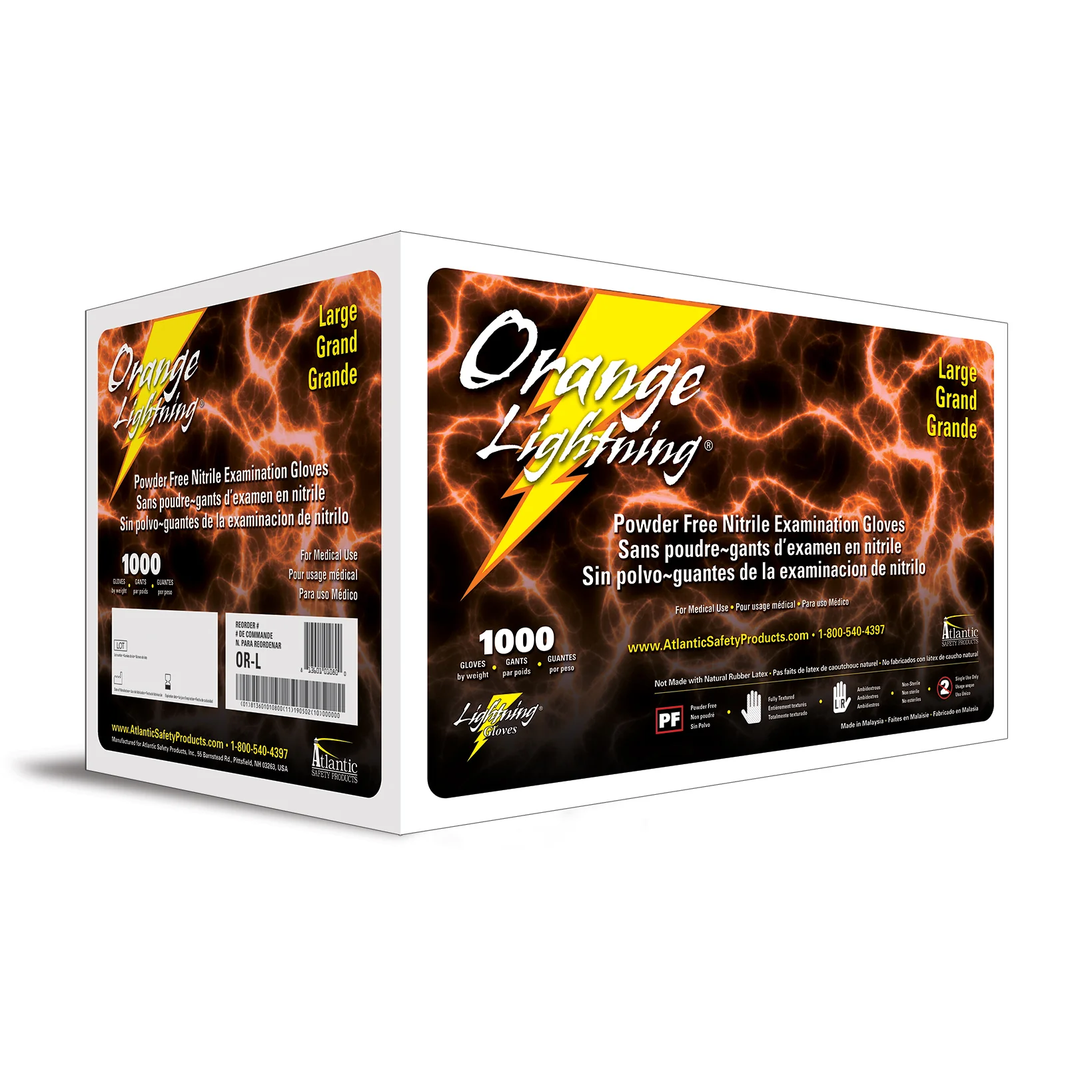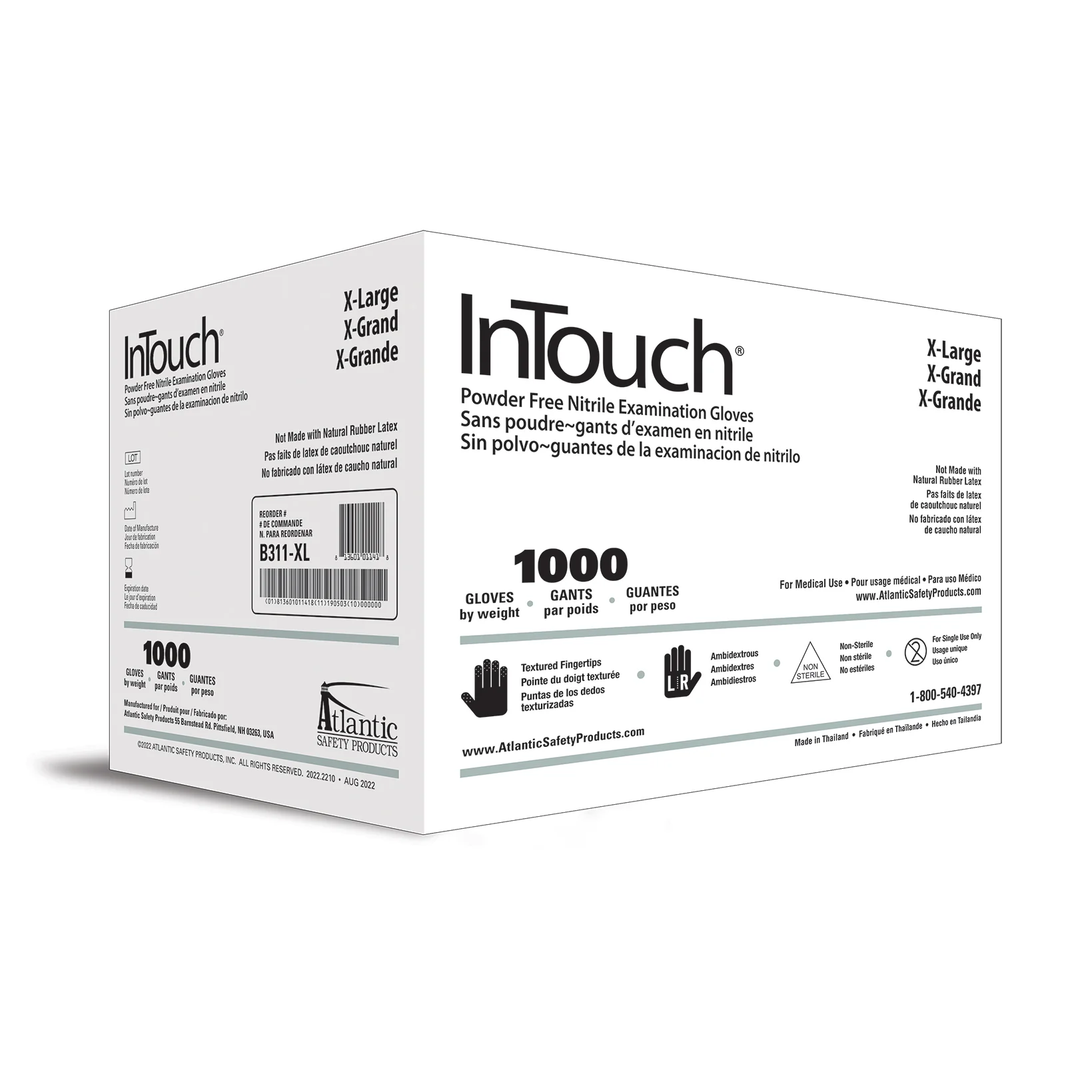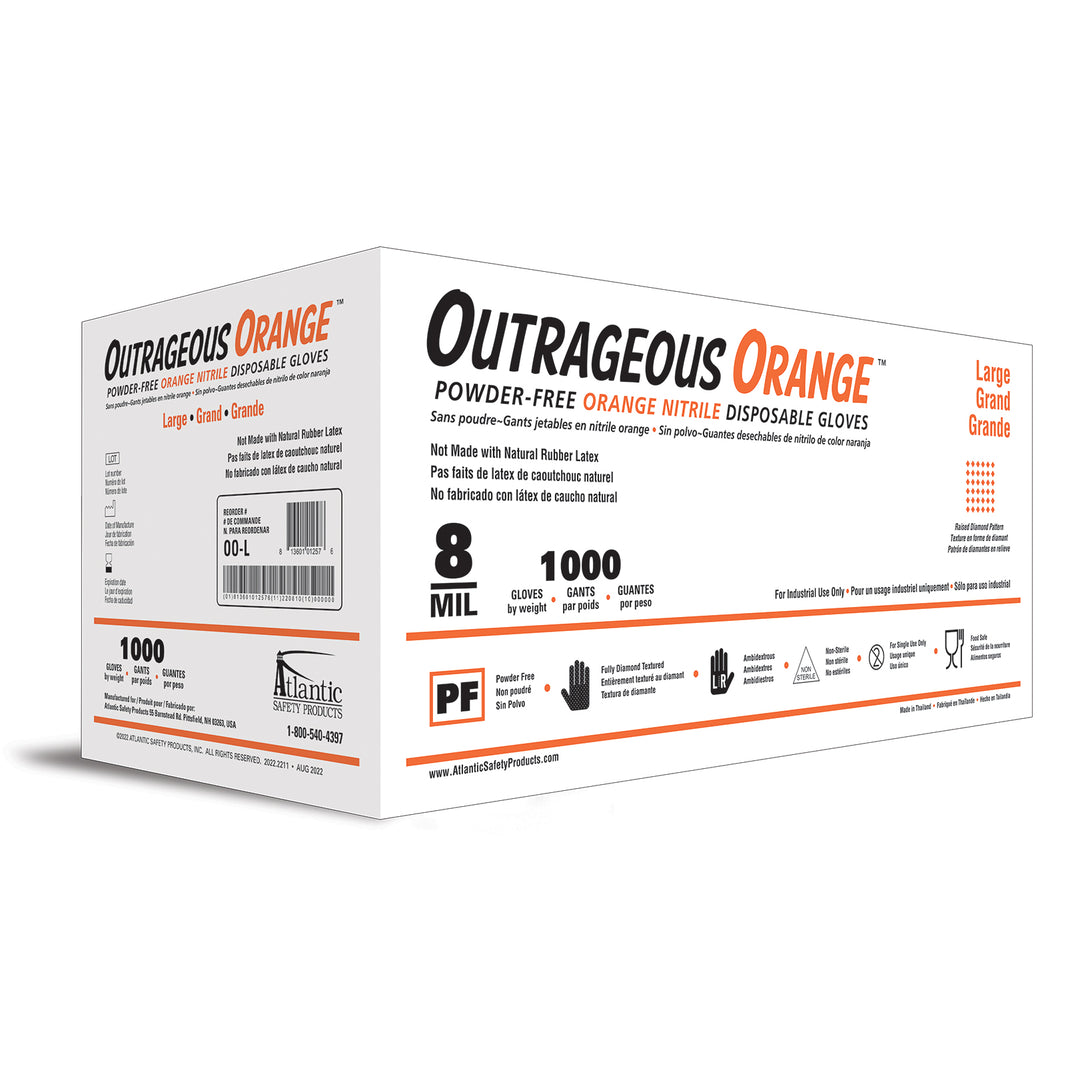Food safety practices should always be the number one priority in terms of food handling. When selecting disposable gloves for food handling, there are several factors to consider. Here are some guidelines to help you choose the right ones:
- Material: There are three common types of materials used for disposable gloves in food handling: latex, nitrile, and vinyl.
- Latex gloves are elastic, durable, and offer good tactile sensitivity. However, some individuals may have latex allergies, so it's important to ensure that neither the wearer nor those in contact with the gloves have latex allergies.
- Nitrile gloves are a suitable alternative to latex gloves, as they are hypoallergenic and offer excellent chemical resistance. They are also durable and provide good tactile sensitivity.
- Vinyl gloves are a more economical option, but they have less stretch and flexibility compared to latex and nitrile gloves. They provide a looser fit and may not offer the same level of sensitivity.
- Size: Proper fit is crucial for disposable gloves to ensure comfort and dexterity while handling food. Gloves that are too tight may tear or restrict movement, while loose gloves can increase the risk of contamination. Consider different sizes and try them on to find the best fit for your hand size.
- Thickness: The thickness of disposable gloves is measured in mils (thousandths of an inch). Thicker gloves offer more protection but may reduce tactile sensitivity. Thinner gloves provide better dexterity but offer less resistance to punctures. A thickness of around 4-8 mils is generally suitable for food handling tasks.
- Powdered vs. Powder-Free: Powdered gloves are often easier to put on and take off, but the powder can potentially contaminate food. Powder-free gloves are recommended for food handling to minimize the risk of cross-contamination.
- Compliance with Regulations: Ensure that the gloves you choose comply with food safety regulations and industry standards in your region. Look for gloves that are labeled as food-safe or meet the appropriate regulatory requirements, such as FDA (Food and Drug Administration) approval.
- Consider Intended Use: Consider the specific tasks and hazards involved in food handling. For example, if you're dealing with oily or greasy foods, gloves with textured surfaces provide better grip. If handling sharp objects, opt for gloves with enhanced puncture resistance.
- Quality and Brand: Choose gloves from reputable brands or manufacturers known for their quality products. Read reviews or seek recommendations from professionals in the food industry to ensure you're selecting reliable gloves.
Remember to always follow proper hand hygiene practices before and after using disposable gloves, as gloves alone are not a substitute for thorough hand-washing.
Sources:
Ismail, Khaled. “How to Choose the Right Type of Disposable Glove.” HSSE WORLD, 27 Mar. 2020, hsseworld.com/how-to-choose-the-right-type-of-disposable-glove/.
Admin. “How to Choose the Right Disposable Gloves for You.” EZ Office Products, 28 Jan. 2021, ezop.com/blog/water-cooler-talk/how-to-choose-right-disposable-gloves-madison-wisconsin/.
“Choosing the Right Disposable Glove.” Grainger KnowHow, www.grainger.com/know-how/safety/ppe-in-the-workplace/hand-protection/kh-choosing-the-right-disposable-glove-394-qt. Accessed 10 May 2023.






